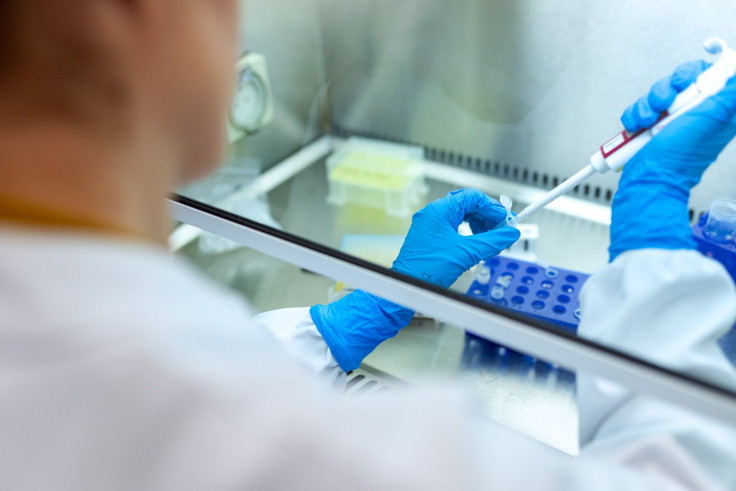Scientific collaboration between China and the U.S. has grown despite their poor relations amid the COVID-19 pandemic. A new study shows that 3.5 percent of the 10,000 coronavirus papers published between 2018 and 2020 involved collaborations between the two nations.
The relationship between China and the U.S. soured this year as Donald Trump accused China of deliberately hiding the truth about the pandemic when the first cases of the coronavirus were recorded in Wuhan, China in December 2019. However, a new study shows that their poor relations did not affect their cooperation on related research. In fact, in the first four months of 2020, their scientific collaborations even rose to 4.9 percent as researchers from both countries scramble to find a solution to the health crisis.
On Tuesday, the findings were published in an open-access scientific journal to demonstrate how scientific collaboration between China and the U.S. has seen explosive growth in recent years. The findings came as research projects in the U.S. involving Chinese partners or funding face tight scrutiny in the U.S. as Washington has made it more difficult for Chinese researchers and students to get visas to enter the country.
According to the study, China is now the U.S.’ biggest international partner on scientific research and this trend has remained apparent during the pandemic. “What we found is that the U.S.-China collaboration kind of doubled down,” said co-author Caroline Wagner, who is also an associate professor of international affairs at Ohio State University.
“They actually increased their work together. They’re working more together than they were before. The political tensions go on, but the scientific culture is very much focused on facts and prestige,” she added.
Another study published by researchers from the University of Arizona College of Education also reveals that Chinese scientists collaborate with their U.S. peers 2.7 times more than they do with British scientists.
“Given the increasing geopolitical tensions between the U.S. and China, especially since the onset of COVID-19, we had anticipated some decline in U.S.-China collaborations,” said Professor Jenny Lee. “We were pleased to find the opposite. Right now, U.S. and Chinese scientists are exercising agency in where and with whom they publish,” she added.

© 2025 Latin Times. All rights reserved. Do not reproduce without permission.


